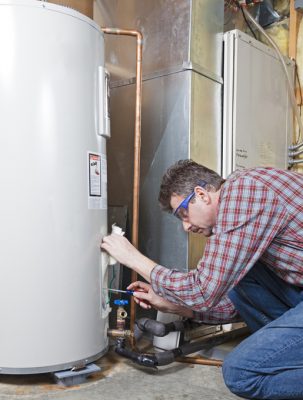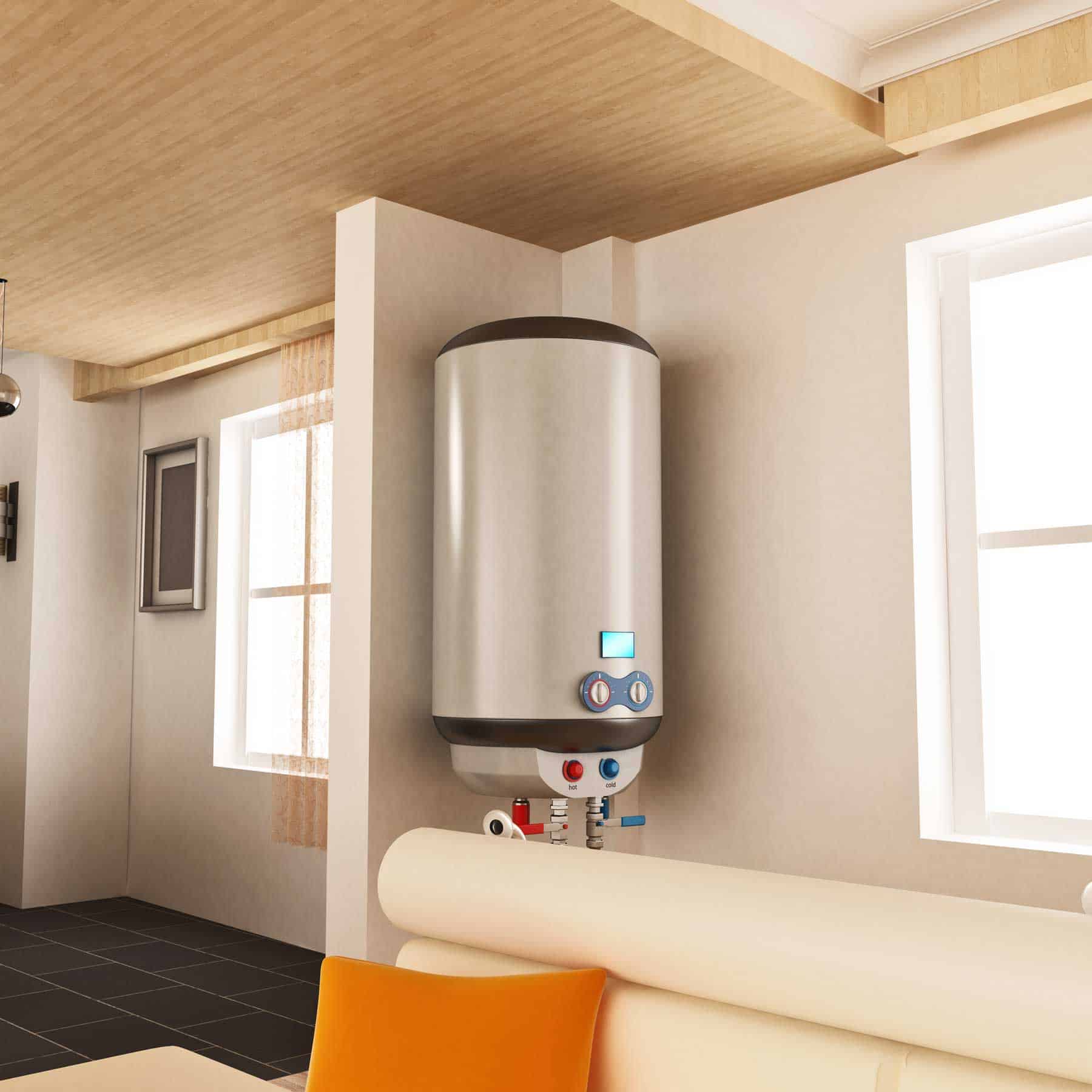Ensuring Longevity of Your Home's Hot Water System: Maintenance TipsMaintaining Your Home's Hot Water System: Essential Tips
Ensuring Longevity of Your Home's Hot Water System: Maintenance TipsMaintaining Your Home's Hot Water System: Essential Tips
Blog Article
What're your beliefs on Water Heater Maintenance Tips You Can't Afford to Forget?

Warm water is crucial for day-to-day comfort, whether it's for a revitalizing shower or washing meals. To guarantee your hot water system runs efficiently and lasts longer, routine upkeep is key. This article offers functional ideas and understandings on how to preserve your home's warm water system to avoid interruptions and pricey repairs.
Introduction
Keeping your home's warm water system could seem overwhelming, but with a couple of straightforward steps, you can ensure it runs efficiently for years to come. This guide covers every little thing from recognizing your hot water system to DIY maintenance suggestions and understanding when to hire expert assistance.
Relevance of Keeping Your Hot Water System
Regular maintenance not just expands the life-span of your hot water system but also ensures it operates effectively. Disregarding upkeep can bring about reduced effectiveness, higher power expenses, and also early failing of the system.
Indicators Your Warm Water System Needs Maintenance
Knowing when your hot water system needs attention can avoid major problems. Watch out for signs such as irregular water temperature level, weird sounds from the heating system, or corroded water.
Recognizing Your Warm Water System
Prior to diving right into upkeep jobs, it's practical to comprehend the fundamental elements of your hot water system. Typically, this includes the water heater itself, pipelines, anode rods, and temperature controls.
Monthly Maintenance Tasks
Regular month-to-month checks can aid capture small problems before they escalate.
Flushing the Water Heater
Flushing your water heater removes sediment build-up, boosting performance and prolonging its life.
Checking and Changing Anode Rods
Anode poles stop rust inside the tank. Inspecting and changing them when broken is vital.
Inspecting and Readjusting Temperature Level Settings
Adjusting the temperature level settings makes sure ideal performance and safety.
Do It Yourself Tips for Upkeep
You can carry out several upkeep jobs yourself to maintain your hot water system in top problem.
Checking for Leaks
Consistently evaluate pipes and connections for leaks, as these can lead to water damages and higher bills.
Checking Pressure Alleviation Valves
Checking the pressure safety valve ensures it works correctly and protects against extreme pressure build-up.
Insulating Pipelines
Protecting warm water pipes lowers warm loss and can conserve power.
When to Call a Professional
While do it yourself maintenance is valuable, some issues call for specialist know-how.
Facility Problems Requiring Expert Help
Instances include major leaks, electric issues, or if your hot water heater is regularly underperforming.
Regular Expert Upkeep Benefits
Expert maintenance can include detailed evaluations, tune-ups, and making certain compliance with safety and security requirements.
Verdict
Regular upkeep of your home's warm water system is essential for efficiency, durability, and price savings. By adhering to these tips and understanding when to seek expert aid, you can guarantee a trusted supply of warm water without unexpected interruptions.
How to Maintain an Instant Hot Water Heater
Before tinkering with your hot water heater, make sure that it’s not powered on. You also have to turn off the main circuit breaker and shut off the main gas line to prevent accidents. Also turn off the water valves connected to your unit to prevent water from flowing into and out of the appliance. 2. When you’re done, you have to detach the purge valves’ caps. These look like the letter “T” and are situated on either side of the water valves. Doing so will release any pressure that has accumulated inside the valves while at the same time avoid hot water from shooting out and burning your skin. 3. When the purge valves’ caps are removed, you have to connect your hosing lines to the valves. Your unit should have come with three hoses but if it didn’t, you can purchase these things from any hardware or home repair shops. You can also get them from retail stores that sell water heating systems. Read the user’s manual and follow it to complete this task properly. When the hosing lines are connected, open the purge port’s valves. 4. You should never use harsh chemical cleaners or solutions when cleaning your unit. Make use of white vinegar instead. It should be undiluted and you’ll probably use about 2 gallons. 5. Now flush your water heater. This task should probably take about 40 minutes. We can’t give you specific directions for this because the procedure is carried out depending on the type, model and brand of your heater. With that being said, refer to the user’s manual. 6. When you’re done draining the unit, you have to turn off the purge port valves again. Remove the hosing lines that you earlier installed on each of the water valves. Put the valve caps (purge port) back in their respective places and be very careful so as not to damage the rubber discs that are found inside these caps. 7. Now that everything’s back in place, check your user’s manual again to find out how to reactivate your water heating system. 8. Once it is working, turn one of your hot water faucets on just to let air pass through the heater’s water supply pipes. Leave the tap on until water flows smoothly out of it. https://www.orrplumbing.com/blog/2014/september/how-to-maintain-an-instant-hot-water-heater/

We had been shown that write-up on How to Maintain Your Water Heater & Prolong its Life through an associate on another website. Loved our blog? Please quickly share it. Help somebody else check it out. I praise you for being here. Please pay a visit to our blog back soon.
Visit Our Site Report this page